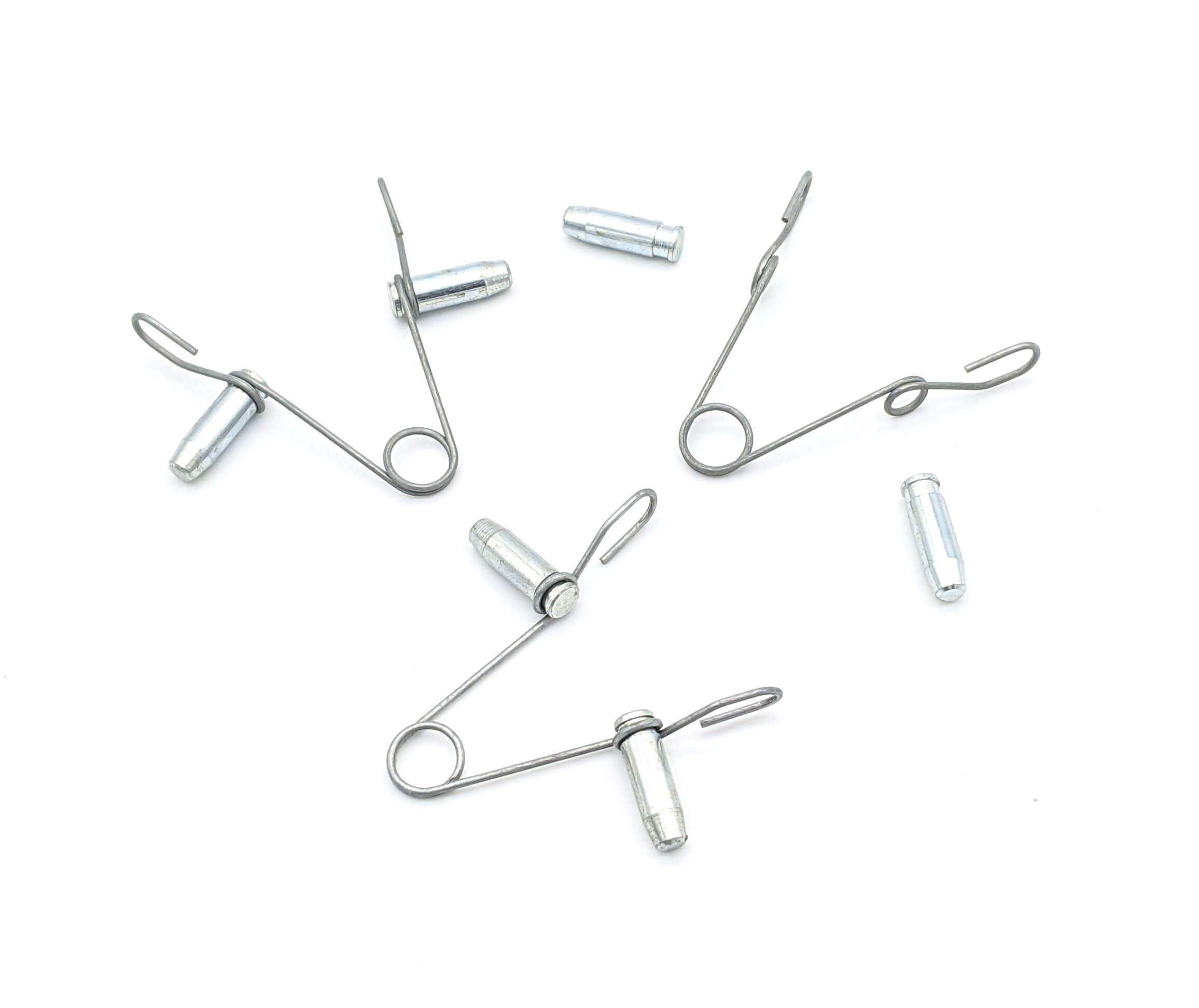Get unique, complex parts easily. No matter your requirements, Chaoyi Spring creates hard-to-produce coil springs and wire forms.
Let us help you create the custom wire form you need, from S-hooks and J-hooks to utility hooks and more.
We work closely with customers across a wide range of industries, helping them design and manufacture made-to-order parts.
Why choose Chaoyi Spring? We prioritize customer-focused collaboration, modern equipment and the latest technology to make your parts per print.
Find the information and guidance you need, from measuring a spring to learning about materials, placing an order and much more.
The twist in coil spring spacing, often referred to as 'coil bind,' is a crucial aspect of spring design. It refers to the amount of compression or extension a spring


The twist in coil spring spacing, often referred to as 'coil bind,' is a crucial aspect of spring design. It refers to the amount of compression or extension a spring can withstand before its coils touch and bind together. This phenomenon plays a significant role in determining the spring's load capacity, durability, and overall performance. In this comprehensive guide, we'll delve into the intricacies of coil spring spacing, exploring its impact on spring design, common applications, and the factors influencing its optimization.

Imagine a coil spring, a helical structure made of wire, used in various applications like suspension systems, door hinges, and even mechanical pencils. The spacing between each coil is not merely an aesthetic detail but a crucial factor affecting the spring's functionality. As a spring is compressed, its coils get closer to each other. The point at which the coils touch and prevent further compression is known as 'coil bind.' This point is directly influenced by the initial spacing between the coils.
The twist in coil spring spacing is essential for several reasons:
Several factors influence the optimal twist in coil spring spacing, including:
Optimizing the twist in coil spring spacing is a crucial aspect of spring design. Engineers carefully consider the factors mentioned above to determine the ideal spacing. This process involves a balance between maximizing load capacity and durability while maintaining smooth and consistent performance.
The concept of twist in coil spring spacing is crucial across diverse industries:
The twist in coil spring spacing is a critical design parameter. It directly affects the spring's load capacity, durability, and overall performance. Understanding the factors influencing coil spacing, including material, wire diameter, spring index, and application, is essential for optimizing spring design. By carefully considering these factors, engineers can ensure springs perform reliably and meet the specific needs of various applications.
In conclusion, the twist in coil spring spacing is a crucial aspect of spring design that demands careful consideration. By understanding the factors that influence coil spacing and optimizing the design, engineers can ensure the reliable and consistent performance of springs in a wide range of applications.
Browse some of the custom wire forms and springs that we manufacture. Don’t see what you need? We specialize in made-to-order products that meet your application requirements.
Visit Our GalleryNeed a custom wire form or coil spring? We make it work. Fill out the contact form and a representative will respond within 1 business day. If you have a PDF or CAD file, you can submit to request a quote.